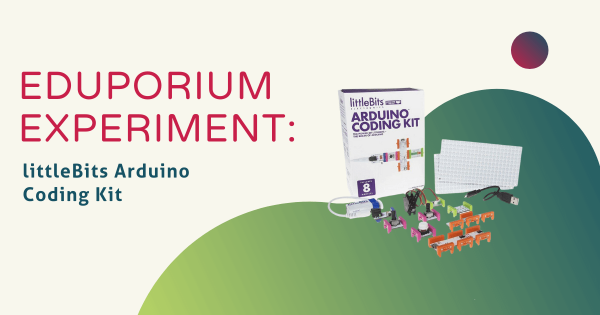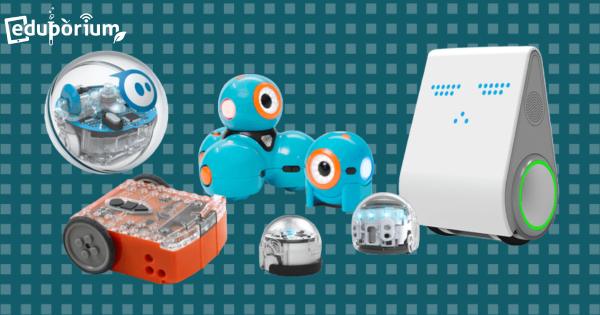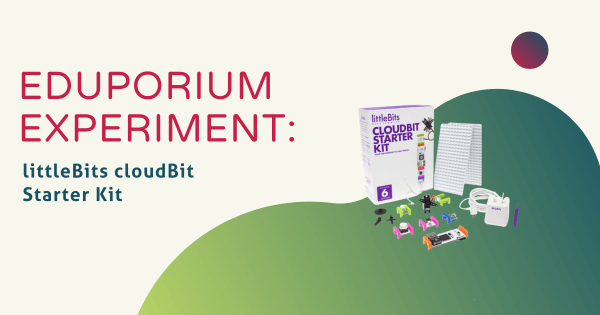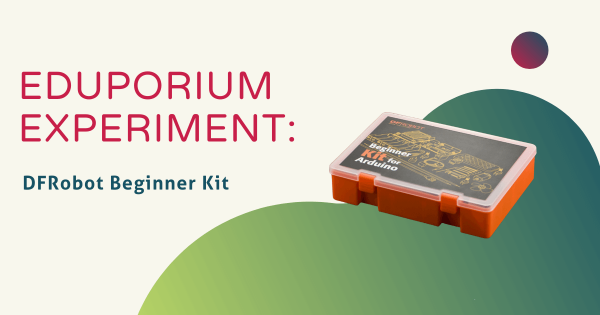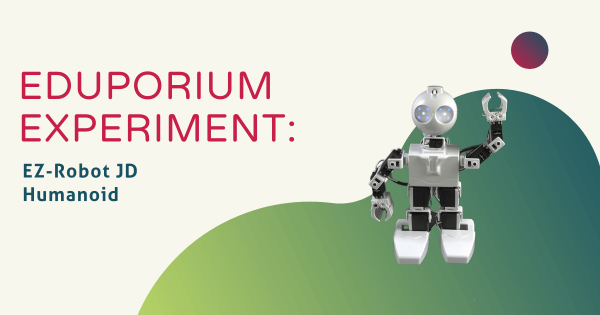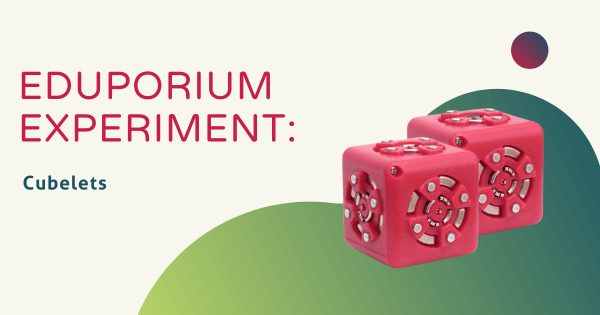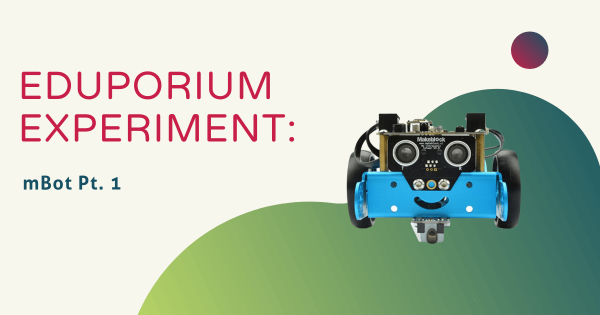Generally, when maker-minded teachers and learners hear ‘Arduino,’ they tend to think of high-level devices you build yourself, write the code for and then program it to execute whatever function it is designed to complete. If you’ve heard of littleBits, however, you know that these electronic building blocks define simplicity.
Programming
-
Robotics: A Competition And A Stepping Stone
If you think you’ve seen kids get excited about learning, you probably haven’t seen the full extent of excitement until you’ve seen robots make their way into the classroom. Teachers can discuss the ideas of learning with robotics with their students, but when it comes to unleashing their potential in the classroom, students won’t be able to contain themselves. -
Eduporium Weekly | Computer Science? Yeah, It's Huge
Alarmingly, just one in 10 American schools offer regular computer science classes in their curricula. If I could pick just one word to describe that trend, it might have to be ‘disconnect.’ It doesn’t make any sense, you see, because jobs involving computer science skills are being created four or five times as fast as qualified graduates can fill them. -
Eduporium Experiment | littleBits cloudBit Starter Kit
Kids these days pick up on technology fast—like, really fast. Thankfully, there are tools like the littleBits cloudBit Starter Kit that take the concepts they have learned from previous experiences and add a new twist. In this case, the cloudBit enables children to continue making, building and customizing classic littleBits projects, but with a brand new component. -
Eduporium Experiment | DFRobot For Arduino
For those (like me) who can’t help but feel a little bit intimidated by a tool like the Arduino, we may have found you a way to get past those fears. The DFRobot Beginner Kit combines all the power of the Arduino software with unmatched simplicity as it perfectly teaches students in grades six and up the basics of programming. -
Eduporium Experiment | EZ-Robot JD Humanoid
The JD Humanoid perfectly combines all the characteristics you could want in a STEM learning tool and it’s perfect for quick classroom lessons or group projects. One of three EZ-Robot models, the JD helps kids excel at learning programming basics through the simplicity built into the ez-builder software—and, trust me, it doesn’t get much easier! -
Eduporium Weekly | Teaching Programming In K-12 Education
If you’re a STEM-minded teacher and believe your students might benefit from being introduced to programming, you might be right. Students with programming skills—however basic they may be—are able to navigate a wealth of quality opportunities from internships to future employment gigs because this is one of the most important skills employers are looking for. -
Eduporium Weekly | How Kids Can Prepare For Future Careers
It’s time to dive a bit deeper into the top STEAM careers of tomorrow—the most profitable tracks, the skills students will need and the jobs robots will not be able to steal. One of the biggest fears facing the world today is the fact that robots seem poised to one day take over a great deal of our jobs at -
Eduporium Experiment | Cubelets Robots
If you are looking to introduce robotics at a young age, Cubelets is a fantastic way to do so. The three easy-to-use robot construction kits each come packaged with simple instructions along with some increasingly complex robot project ideas. I experimented with the Cubelets Six Kit, which includes six unique blocks. -
Eduporium Experiment | mBot Pt. 1
Want to build something and experience the fun of seeing it in action immediately? Then you want the mBot in your life! Ideal for early STEM education, mBot is a great toy that helps kids master the tricks of creative assembly and its built-in Arduino board helps them explore basic circuitry as well. It’s super easy for students to build




